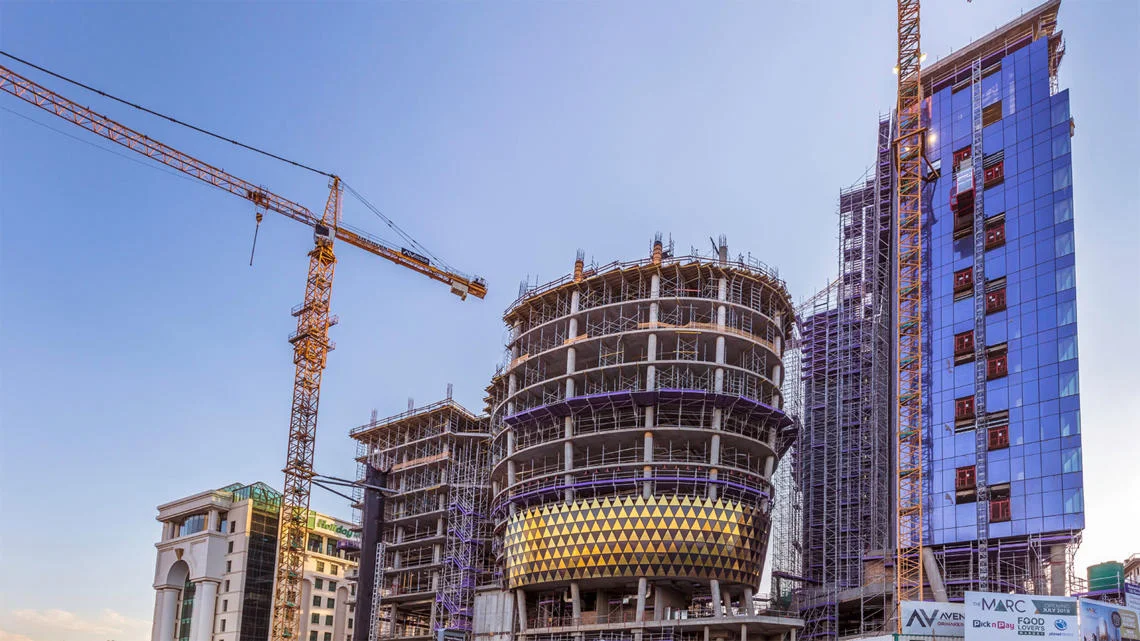
Published
17 December, 2019Type
PublicationDiscussion paper for companies of the building and construction sector who want to set science-based targets for their own operations while supporting the reduction of full life-cycle carbon emissions of buildings.
The Science-Based Targets for Buildings (SBT4buildings) project provides solutions for companies in the building and construction sector who want to set carbon reduction targets in line with their own ambitions and Science-based Targets initiative (SBTi) requirements, working to decarbonize the entire value chain. The goal is to enable companies in the building and construction system to set science-based targets (SBT) that support the reduction of life-cycle carbon emissions of buildings (including Scope 3)
SBT are increasingly important in the private sector, forming part of companies’ commitment to address climate change realities within their operation and to demonstrate leadership in sustainable development. SBT is for the private sector what Nationally Determined Contributions (NDCs) are for countries. Several leading companies from the building sector have investigated the implementation of SBT, but these efforts are often challenged by value chain implications outside their control (such as Scope 3). For this reason, greenhouse gas (GHG) reduction in the building and construction system requires stakeholders to take a systemic approach beyond a company or sector level.
The challenge is that for any company in the building value chain to set carbon reduction targets in line with the Paris Agreement, it needs to account for how its own emissions reductions affect a building’s life-cycle carbon emissions (e.g. cement or glass emit carbon in manufacturing, but help a building be more energy efficient and emit less CO2 in operation).
As part of the project, the first step represented the development of this scoping paper providing a better understanding of the interdependencies across the value chain for the carbon emissions (the “action” value chain) as well on who has the power to influence positive changes (the “influence” value chain.
The paper includes a recommendation for a building sector carbon metric (CO2e per m2 building floor area) and explains the benefits of a whole building life carbon approach as a framework for assessing the sector. Companies will set target for their direct emissions (Scope 1 and 2 emissions), but they will be able to better understand and demonstrate their impact/contribution to reduce full life-cycle carbon emissions of a built structure (Scope 3 emissions and “beyond”).
Through a material and solution-neutral assessment framework, the approach is expected to enable architects, designers, engineers, construction companies, real estate firms etc. to identify the best emissions-reduction strategies for all parts of the value chain. This is an important prerequisite for the transformation of the built environment towards decarbonization.
Next steps include the collect macro-level data for the framework and assess scenarios for decarbonization, develop integration strategies for system decarbonization with companies’ SBT and the development of a guidance in collaboration with SBTi.
